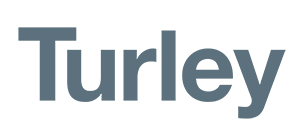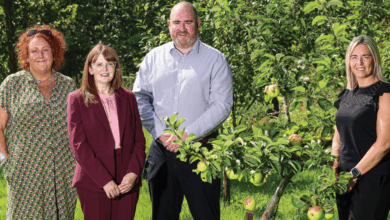Happy planning new year
Grounded in our experience of the first year in the new system, we thought it useful to share our 12 Planning New Year resolutions.
#1 Position the project
Get in front of the planners early on. Pre-application discussions are of variable quality but a meaningful exchange of views will take time off the planning process. There is no fee for this service (yet).
#2 Front-load the submissions
Planning isn’t an MOT. Don’t take your application to the Council and expect to be given time to deal with a list of failures. Get the scope and content of your planning submission right at the outset. You might not be given time to patch up for the re-test.
#3 Get the place-making right
Planning is all about Place. Major applications now need a Design & Access Statement. Expect to be challenged about what sort of place you want to create. More positively, take the initiative and outline how your vision will make the area better.
#4 Engage stakeholders
Planning is no longer a private transaction between an applicant and a planner. All major applications require at least one local public event in the 12 weeks before the application is submitted. Find out what people have to say and respond accordingly.
#5 Communicate the benefits
Development isn’t negative but there is a tendency for applicants to take time addressing the negative impacts whilst neglecting the positives. What’s in it for the local community? Spell it out. Benefits are a legitimate material consideration in making a planning decision.
#6 Get the environmental information right
Controversial schemes often trip up here. Our experience of four regionally significant projects since the change has taught us to take care getting the environmental submissions right or risk judicial review.
#7 Make a real planning case
Don’t expect the planners to read the drawings, undertake the consultations and work out your unspoken planning case. Set it out. How does your scheme comply with policy? What considerations point towards permission?
#8 Influence the policy environment
The planning policy environment is dynamic and engaging. At a strategic level we worked hard to engage with September’s Strategic Planning Policy Statement (SPPS). We are now gearing up to be active across all 11 Council areas as they take the first steps in preparing their new Local Development Plans (LDPs).
#9 Track it through
It sounds obvious, but you need to know what is going on with your application at all times. It is easy to lose control if you don’t have visibility of process and timescales. In practice this means tracking progress regularly and following up when there is inactivity.
#10 Be media savvy
Planning makes the news – fact. Having something to say to the media is important. We have reached out to the media to good effect across a range of projects this year in order to get the right information into the public domain.
#11 Get through Committee
Our early experiences of the white knuckle ride of the planning committee were unnerving. We have learned some lessons and take our responsibility for this key part of the process very seriously. Persuading the planners isn’t sufficient when the Committee makes the decisions.
#12 Don’t shirk appeal
Sometimes you don’t get the outcome you want first time. The new system increases the likelihood of unpredictable outcomes. The Planning Appeals Commission is ready and waiting to consider your proposals afresh, now with the chastening powers to punish bad behaviour by awarding costs, much like in the courts.
Michael Gordon is the Office Director of Turley Belfast.
 Hamilton House
Hamilton House
3 Joy Street, Belfast, BT2 8LE
Tel: 028 9072 3900
Mobile: 0776 6770 652
Email: michael.gordon@turley.co.uk
Web: www.turley.co.uk
www.niplanningreform.com





